
Dr. Ha Anh Duc speaks at the announcement and training ceremony for health departments, institutes and hospitals under the Ministry - Photo: VGP/HM
Nationwide there are more than 850,000 people practicing
At the training session, Dr. Ha Anh Duc, Vice Chairman of the National Medical Council, Director of the Department of Medical Examination and Treatment Management, Ministry of Health, said that previously, the management of practitioners and medical examination and treatment facilities was mainly scattered across many focal points, the update process was manual, data standards were not unified; monitoring changes (such as changes in workplace, scope of practice, working hours, technical catalog, equipment, medical oxygen, etc.) was limited.
All of the above shortcomings make it difficult to create a comprehensive picture of the management of practitioners and medical facilities, as well as to exploit real-time data to manage policies, inspect and ensure professional quality.
Currently, nationwide there are more than 850,000 practitioners, more than 70,000 medical examination and treatment facilities, 1,700 public hospitals, 406 private hospitals (of which 90% are private clinics under the management of the Department of Health and hospitals under the Ministry of Health).
Therefore, the implementation of the National Management System on medical practice and treatment activities is a breakthrough in standardizing the database, improving the quality of administration and response capacity of the medical sector.
Dr. Ha Anh Duc emphasized that this System is deployed on the basis of the policies and tasks of the Government and the Ministry of Health on data and digital transformation in Resolution 71/NQ-CP (dated April 1, 2025), Resolution 214/NQ-CP on promoting data creation, Plan No. 02-KH/BCĐTW (dated June 19, 2025) on interconnected and synchronous digital transformation; and Decision 463/QD-BYT (dated March 18, 2024) approving the implementation plan of the Project on population data, identification and electronic authentication in the health sector.
This is also a component of the Project "Enhancing the use of medical oxygen and the respiratory care ecosystem in Vietnam" with the following pillars: developing national guidelines on medical oxygen systems; developing an online training platform for respiratory resuscitation; researching the current situation of hypoxemia and the need for oxygen use; and building and updating the National Management System on medical practice and treatment activities, implemented by the Ministry of Health in coordination with PATH.
To have sufficient data, the Department of Medical Examination and Treatment Management has consulted and issued over 100,000 shared lists and 2,960 paraclinical lists to serve the implementation of electronic medical records.
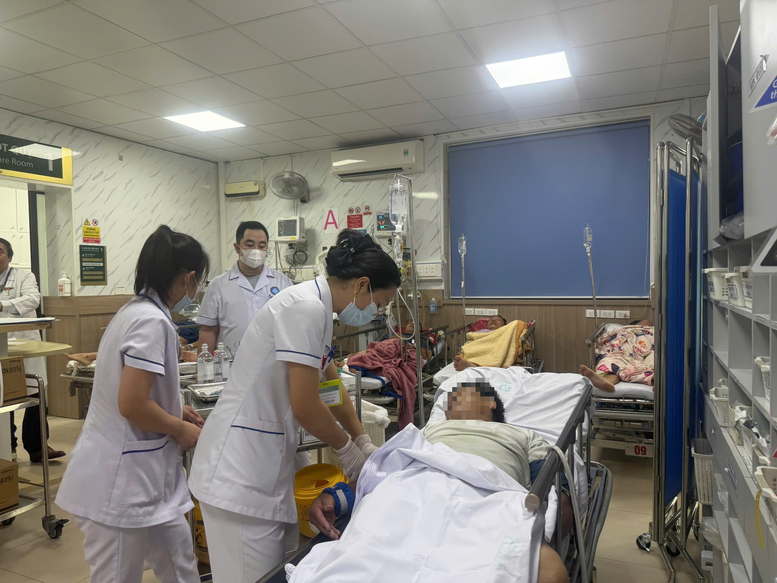
Each medical practitioner will have a personal account associated with an identification code - Photo: VGP/HM
Each practitioner has a personal account associated with an identification code.
The leader of the Department of Medical Examination and Treatment Management said that the unit will conduct training and support training for the Departments of Health to update data information of practitioners and medical examination and treatment facilities. At the same time, the Department will work with the National Health Information Center, Department C06, Department C12 of the Ministry of Public Security, to ensure infrastructure operation, system safety and security; organize announcements and training nationwide according to plan.
Specifically, each Department of Health is given at least 1 administrative account to manage and monitor medical examination and treatment facilities and practitioners within the locality.
Each medical examination and treatment facility is assigned an organizational account and a GLN identification code (unique, used uniformly nationwide). The account is assigned via the email address provided by the facility; the facility is responsible for promptly updating the unit's information when there are changes. This will be a medical facility data layer on the National digital map serving purposes such as medical tourism...
Each practitioner is given a personal account, linked to a personal identification as prescribed; account information is sent by the system to the registered email address. The practitioner is fully responsible for the accuracy and truthfulness of the declared information and must update it when there are changes.
At the training session, Dr. Nguyen Dinh Hung, Deputy Director in charge of the Hanoi Department of Health, shared that the Department of Health faces many difficulties in managing the database of individuals and clinics. Currently, the Department of Health has 43 affiliated hospitals, 5,000 private clinics, and 10,000 pharmacies. Without a database, the Department of Health spends a lot of time sending official dispatches to localities to check whether the units and individuals have been licensed or not, whether there are any duplicates, etc.
Dr. Nguyen Dinh Hung hopes that when implementing the national management system for medical practice and examination and treatment activities, the Department of Health will be able to manage and have full information and data on practitioners and medical examination and treatment facilities to support effective state management, improve the quality of medical services and digital transformation.
This week, the Department of Medical Examination and Treatment Management will deploy a similar training course for the remaining 15 Departments of Health of the provinces/cities in Ho Chi Minh City and hospitals under the Ministry of Health and some hospitals in Ho Chi Minh City.
Hanoi and Ho Chi Minh City are the two localities with the largest number of hospitals and practitioners in the country. It is expected that basic information on medical facilities and practitioners will be updated before November 30, 2025.
HM
Source: https://baochinhphu.vn/trien-khai-he-thong-quan-ly-quoc-gia-ve-hanh-nghe-va-kham-chua-benh-102251020194037847.htm



![[Photo] Prime Minister Pham Minh Chinh meets with Speaker of the Hungarian National Assembly Kover Laszlo](https://vphoto.vietnam.vn/thumb/1200x675/vietnam/resource/IMAGE/2025/10/20/1760970413415_dsc-8111-jpg.webp)
![[Photo] National Assembly Chairman Tran Thanh Man holds talks with Hungarian National Assembly Chairman Kover Laszlo](https://vphoto.vietnam.vn/thumb/1200x675/vietnam/resource/IMAGE/2025/10/20/1760952711347_ndo_br_bnd-1603-jpg.webp)
![[Photo] Chairman of the Hungarian Parliament visits President Ho Chi Minh's Mausoleum](https://vphoto.vietnam.vn/thumb/1200x675/vietnam/resource/IMAGE/2025/10/20/1760941009023_ndo_br_hungary-jpg.webp)
![[Photo] Solemn opening of the 10th Session, 15th National Assembly](https://vphoto.vietnam.vn/thumb/1200x675/vietnam/resource/IMAGE/2025/10/20/1760937111622_ndo_br_1-202-jpg.webp)




















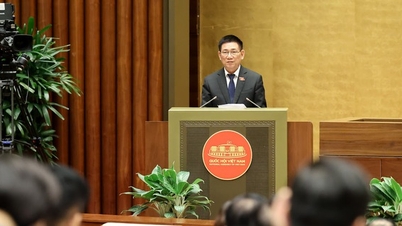
![[Photo] The Steering Committee of the 2025 Fall Fair checks the progress of the organization](https://vphoto.vietnam.vn/thumb/1200x675/vietnam/resource/IMAGE/2025/10/20/1760918203241_nam-5371-jpg.webp)

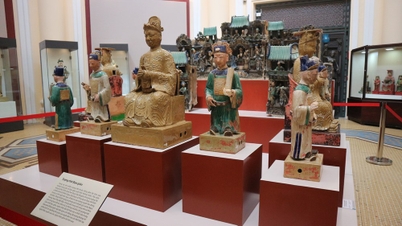





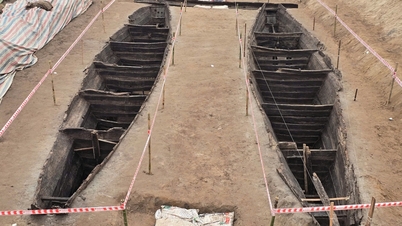














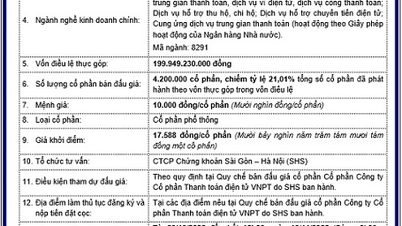















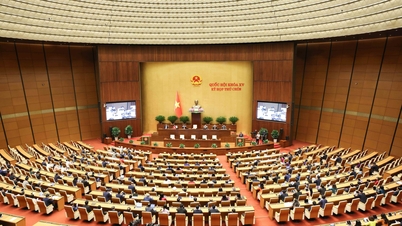

































Comment (0)